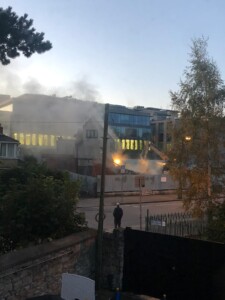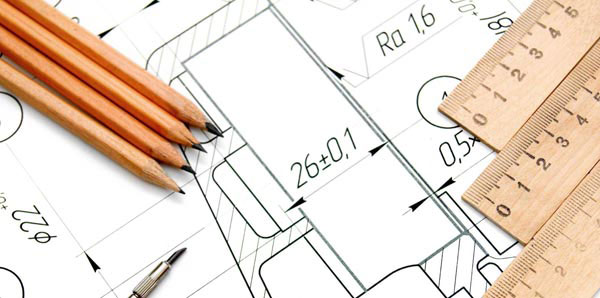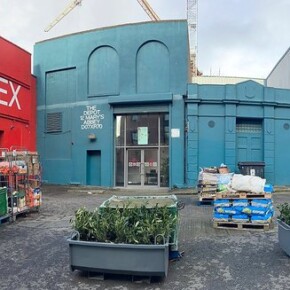Anger as former home of 1916 hero is demolished
Padraig Conlon 29 Sep 2020
Sinn Féin Dublin City Councillors have reacted angrily to the demolition at dawn this morning of the O’Rahilly home at 40 Herbert Park.
The demolition took place at 6.30am despite a decision by Dublin city councillors two weeks ago to place the former home of the 1916 Rising leader on its list of protected structures.

Pic credit Cllr Daniel Céitinn
In a joint statement Councillor Daniel Céitinn who represents the South East Inner City, and Councillor Mícheál Mac Donncha, deputy leader of the Sinn Féin group and Chair of the Council’s Commemoration Committee, said:
“The historic home of 1916 leader The O’Rahilly, 40 Herbert Park, was demolished at dawn this morning.
“At its September monthly meeting Dublin City Council voted unanimously to add the house to the list of protected structures.
“The process under planning legislation has already begun and Dublin City Council Chief Executive Owen Keegan has confirmed to us that he had written to the developers.”
Michael Joseph O’Rahilly, known simply as The O’Rahilly, was living at number 40 Herbert Park in Ballsbridge when he set off to take part in the Rising.
On Friday 28 April 1916, with the GPO on fire, O’Rahilly led a party of men along a route to Williams and Woods, a factory on Great Britain Street (now Parnell Street).
A British machine-gun at the intersection of Great Britain and Moore streets cut him and several of the others down.
O’Rahilly slumped into a doorway on Moore Street, wounded and bleeding badly but, hearing the English marking his position, made a dash across the road to find shelter in Sackville Lane.
He was wounded diagonally from shoulder to hip by sustained fire from the machine-gunner but astonishingly O’Rahilly clung to life 19 hours after being severely wounded.
He eventually died from his injuries on Saturday, April 29, 1916, the day of the surrender.
While he lay bleeding badly from his wounds, O’Rahilly wrote a farewell message to his wife on the back of a letter he had received in the GPO from his son.
‘Written after I was shot. Darling Nancy I was shot leading a rush up Moore Street and took refuge in a doorway,’ the letter reads.
‘While I was there I heard the men pointing out where I was and made a bolt for the laneway I am in now.
‘I got more [than] one bullet I think. Tons and tons of love dearie to you and the boys and to Nell and Anna. It was a good fight anyhow.’
He then adds the address:
‘Please deliver this to Nannie O’ Rahilly, 40 Herbert Park, Dublin. Goodbye Darling.’
After his death, the O’Rahilly family continued to live in the Ballsbridge house and the building remained at the centre of revolutionary events.
In early 1921 an IRA army council meeting took place in the O’Rahilly house which set in motion the largest military action during the war for independence, the attack on Dublin’s Custom House.
The house, which is an Edwardian villa, and two other homes (numbers 36 and 38) beside it were built in 1907 for the World’s Fair Irish International Exhibition to promote Irish industry.
The O’Rahilly was the first occupant of number 40 in 1909 and his widow Nancy lived there until her death in 1961.
In 2018 the developers were granted permission for the demolition of numbers 36 and 38 as part of a planned development that never went ahead.
The company then bought number 40 and lodged an application to An Bord Pleanála for an apart-hotel extension and 105 apartments fronting on to Herbert Park on the site of three detached Edwardian houses.
Many heritage associations and residents’ groups, as well as several local politicians from across all parties, campaigned against the planned demolition of the property.
A petition was also been set up to try and save the house from the wrecking ball.











